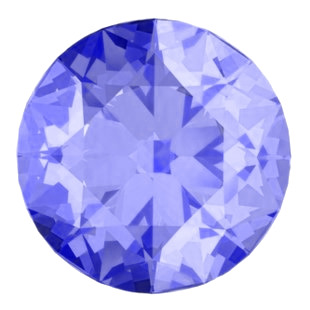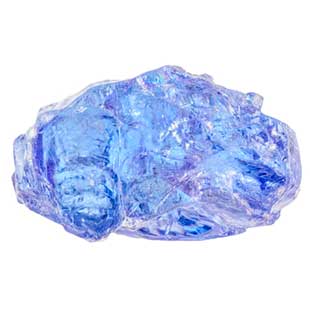Tanzanite Guide
Buying tips, facts & history
Colour
Blue-violet
Our Source
Tanzania
Mineral class
Zoisite
Hardness
6.5 Mohs Scale
Birthstone month
December
Wedding anniversaries
24th
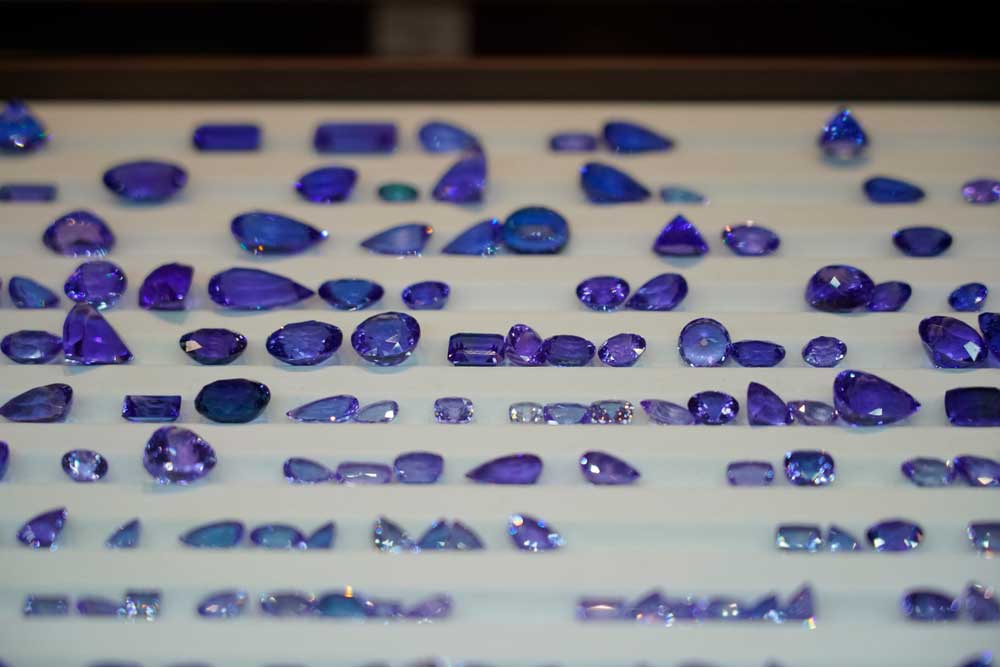
Hard Facts
Tanzanite is a blue-violet variety of the mineral zoisite. It is named after Tanzania, where it was discovered.
It stands out because of its “trichroism”, which means it appears to change colour from blue to violet when turned in the light.
In its rough state it is purple-brown and is therefore heat treated to bring out the blue-violet colour.
Tanzanite is as hard as opal, rated 6.5 on the Mohs scale of hardness, but quite brittle due to its crystal lattice.

Where on Earth?
Only found in a small region of Tanzania, tanzanite is extremely rare. The Tanzanian government regulates its mining and selling very strictly.
This means the industry has remained sustainable and ethical, and the country’s economy and the local communities benefit from its production and sale.
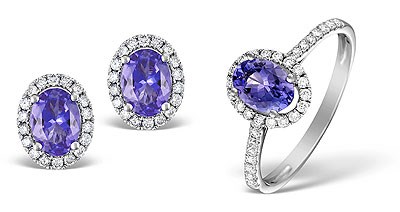
Birthstone and Anniversary
Tanzanite is the birthstone for December and makes a wonderful birthday gift for those born in mid-winter.
This seems a particularly appropriate month for a gem that glimmers in icy blue hues. Tanzanite is also the gemstone gifted on 24th wedding anniversaries.

Buying Guide
How to assess a Tanzanite’s quality and value?
There is no official quality grading system for coloured gemstones, so our gemmologist chooses to evaluate tanzanite in the same way as diamonds – by their clarity, colour, cut and carat weight.
You may sometimes see tanzanite unofficially graded as A, AA, AAA and AAAA. ‘A’ represents good clarity, colour and cut, and ‘AAAA’ stands for perfect quality.
Our gemmologist would generally advise investing in AA or AAA quality when buying tanzanite. These grades respectively mean ‘very good’ to ‘excellent’, and both represent great value for money.
However, be sure always to purchase your tanzanite from a reputable jewellery retailer that applies realistic gradings.
COLOUR
Tanzanite can range from a deep blue, reminiscent of a sapphire, to a lighter violet-blue. Tanzanite’s trichroism means that it will often appear blue, blue-violet or violet when looked at from different angles. Bigger tanzanites tend to be more intensely blue than smaller ones, which often appear as light blue-violet.
CARAT
Because tanzanite is transparent, smaller stones tend to appear lighter in colour, and the bigger stones deeper blue. In comparison to other gemstones, tanzanite is relatively inexpensive. A high grade tanzanite at about 2 carats is more affordable than a sapphire of the same size. However, each tanzanite gem should always be assessed individually, according to its clarity, colour and cut.
CLARITY
When buying tanzanite, clarity is the first thing to look for. Tanzanite has what is called “vitreous”, or glassy, lustre. This means that any cloudiness is undesirable. Stones with big inclusions that can be seen with an unaided eye should also be avoided. An eye-clear tanzanite with no noticeable flaws is ideal.
CUT
The tanzanite crystal’s natural lattice means it can be cut into many styles, from traditional to fancy. But because it is so rare, tanzanite cutters usually try to save as much of the rough stone as possible. This is why it is often seen in oval or cushion cuts in jewellery. Because tanzanite changes colour when turned in the light, a cutter will usually determine the direction of the cut so it favours the gem’s natural reflections and colour.
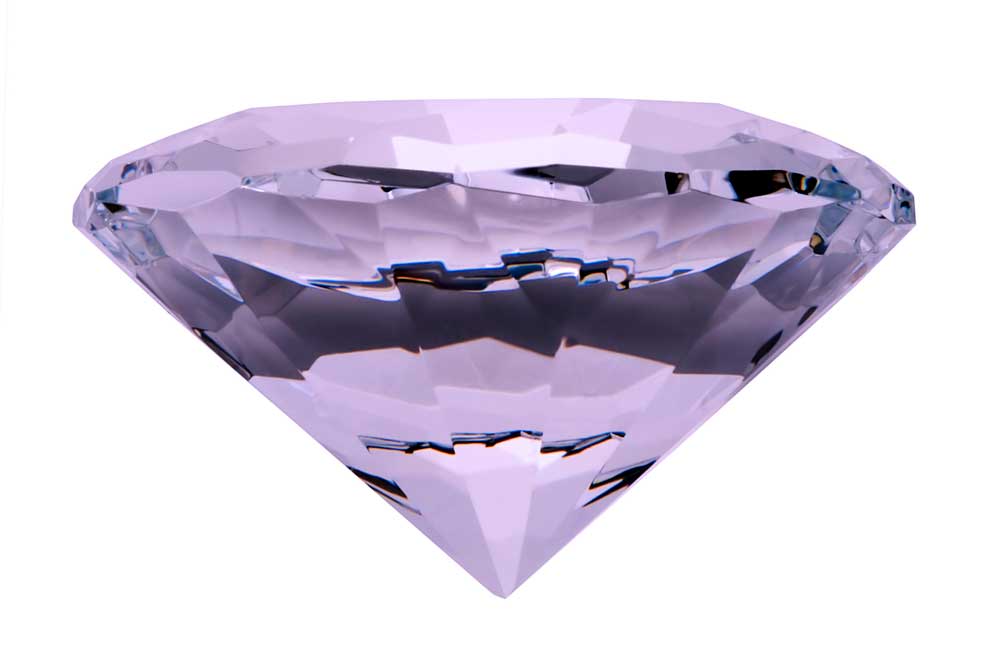
Natural or Treated?
99.9% of rough tanzanite comes out of the ground purplish-brown in colour. Tanzanite used in jewellery is therefore heat-treated, in order to encourage the blue-violet hues to come out.
Only on a handful of occasions have transparent blue crystals been found naturally and it’s presumed that these gems were exposed to extreme heat underground.
Whilst heat treatment is not regarded as desirable in many other gemstones, like sapphires or rubies, with tanzanite it is commonly accepted by gem professionals and consumers alike.
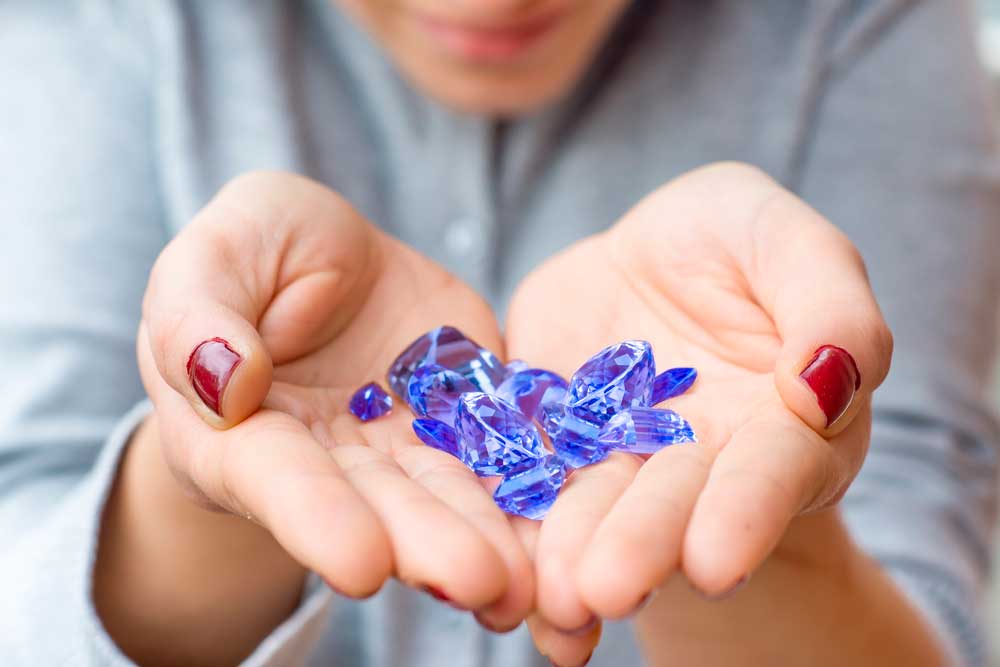
Care and Cleaning
Although tanzanite is as hard as titanium, it is a crystal and therefore quite brittle. You should always protect your tanzanite jewellery from hard knocks and sudden changes in temperature. It is also advisable to avoid ultrasonic cleaners.
The safest way to clean tanzanite is with soapy, hand-warm water and a soft cloth, rinsing well and patting dry afterwards. Store tanzanite in a jewellery case away from other gemstones or diamonds to avoid it getting scratched.
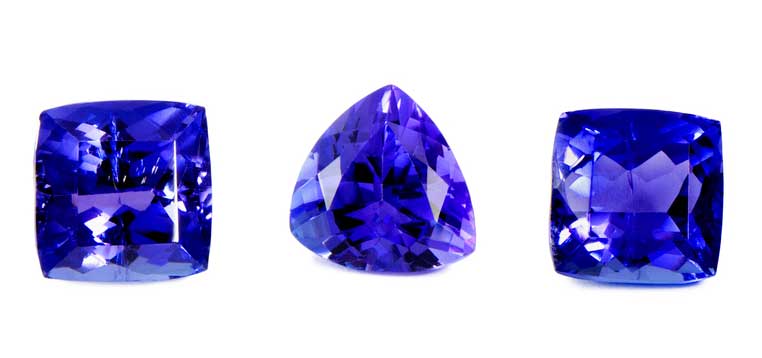
Modern History
Despite being a relatively new gem, tanzanite has quickly become popular with modern stars and celebrities. Cate Blanchett famously wore an enormous tanzanite necklace to the 2012 Cannes Film Festival.
Penelope Cruz’s engagement ring has a central tanzanite stone and Anne Hathaway wore tanzanite earrings to go with her blue Armani gown at the 2011 Oscars.
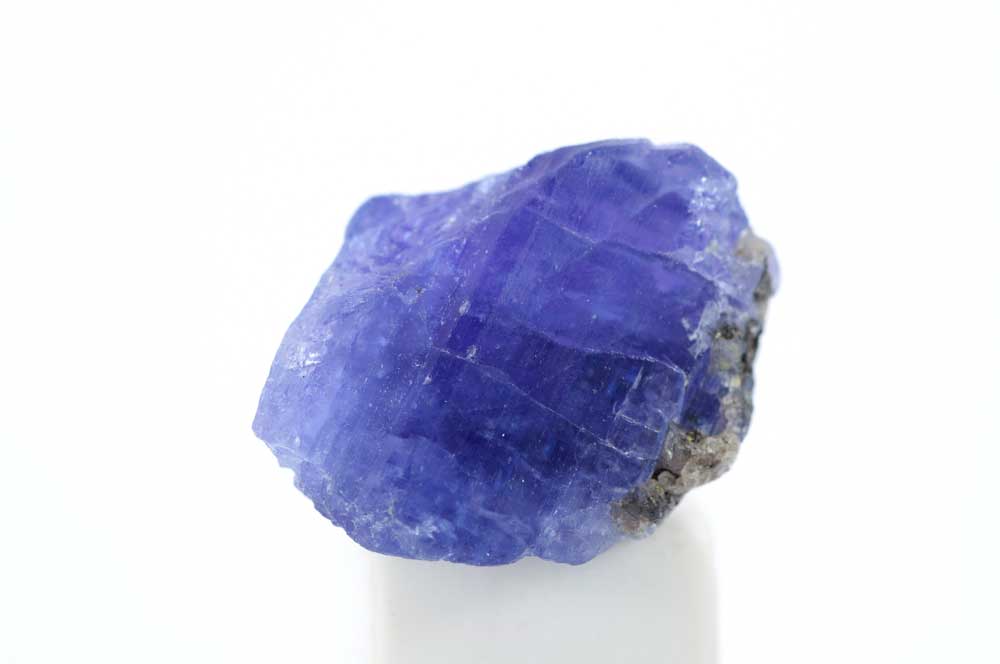
Famous Tanzanites
Weighing a staggering 16,839 carats (over 3.2 kilograms) the world’s largest piece of tanzanite was mined in 2005. It was discovered almost 300 meters underground in Tanzania’s Manyara region.
This tanzanite “brick” measured 220x80x70 milimeters and was named Mawenzi, after Mount Kilimanjaro’s second highest peak.
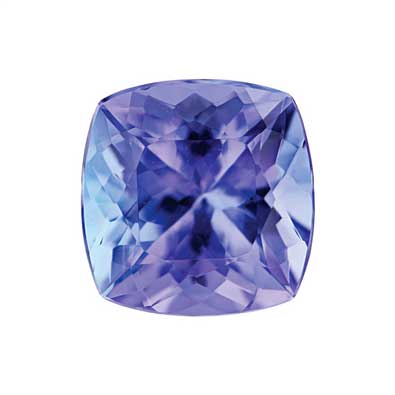
Legend & Lore
Tanzanite is a fairly “new” gemstone, discovered in 1967. It is only found in Tanzania, in the foothills of Mount Kilimanjaro.
After a gold prospector called Manuel de Souza found a few transparent purple crystals on a ridge near the mountain, the Gemological Institute of America confirmed he had found a previously unknown variety of the mineral zoisite.
According to the Tanzanian Maasai tribe’s lore, tanzanite is a spiritual stone that inspires compassion and calmness.
